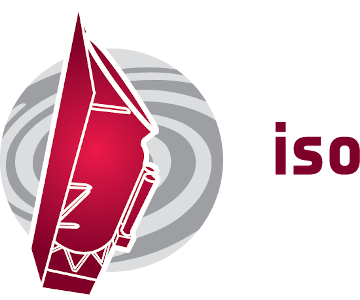| Description |
scientific abstract\t\t we propose to make spectroscopic observations of mars using all of the iso instruments. the main scientific goals are: - to characterise the shape and variability of the martian fir continuum spectrum. this will characterise large-scale seasonal and topographic variations of the thermo-physical properies (albedo and thermal inertia) of the surface. - to determine the absolute fir brightness temperature spectrum of mars, and its dependence on the martian season, phase angle and atmospheric dust content. - to make complete spectral surveys using the sws and lws. this will allow the determination of the concentrations of the most important atmospheric species, and will establish a chemical inventory of the atmospheric composition. observations summary a full discussion of the scientific case is give in the cp programmes of the lws solar system sag and the mission scientists. the following is a summary of the astronomical objectives of each of the observations tabulated below. the expected s/n is typically several hundred. obs. seq. nos. description ------------------ ----------------------------------------- 1,3,5,7,9,11,17,22 full lws grating scans to be made at eight different epochs during the mission 2,4,6,8,10,12,18,23 eight phot-s scans to be carried out at the same time the lws scans 13 one lws full fp scan 14,15,16 these comprise one sws full grating scan (priority 1) 19,20,21 a second sws full grating scan (priority 2) 24 cam cvf scan 2.5-11.5 um |

